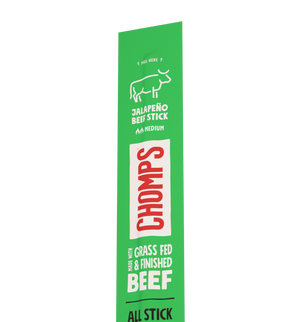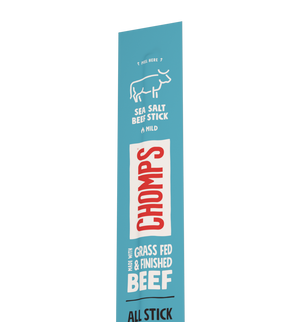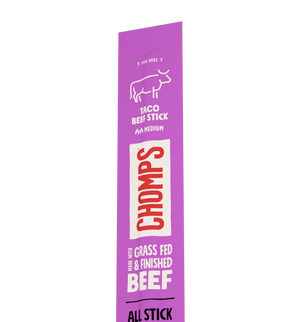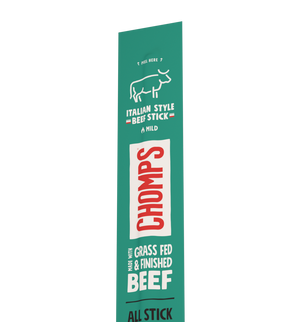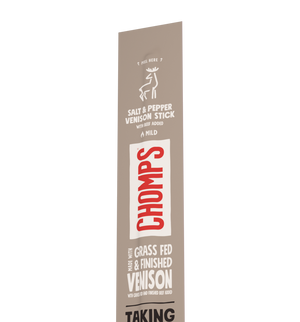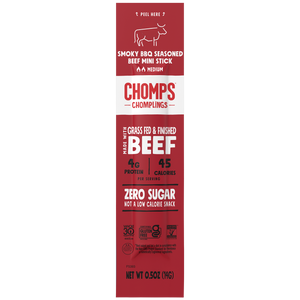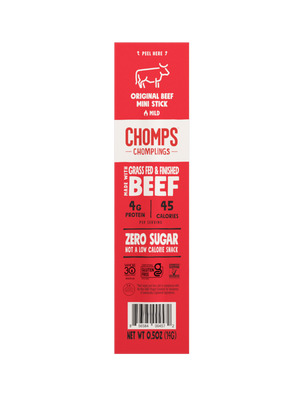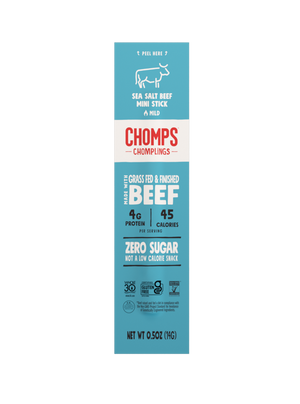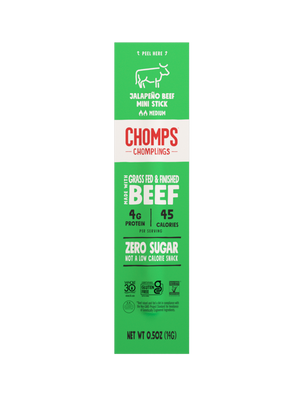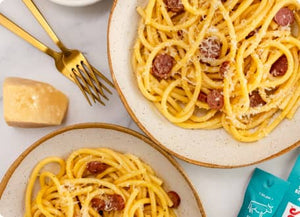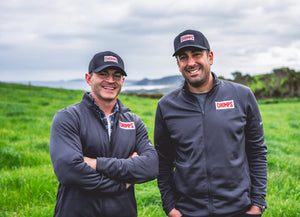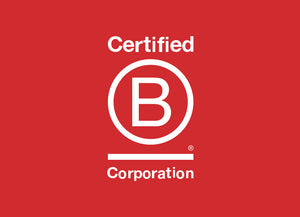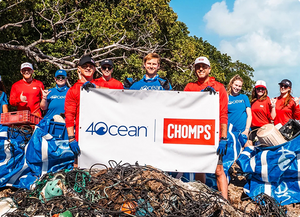Deciding to go on a diet is one of the first steps along the path to a healthier life. Congratulations on getting started by doing a bit of research into a Whole30 meal plan!
Jumping into a Whole30 diet plan is an exciting and challenging process, but by planning thoroughly on the front end, you can set yourself up for success. Your best bet is to get a good grasp on what is and isn’t available to you and then roll that into a specific meal plan and grocery list.
We’re going to give you everything you need to take a confident first step into a Whole 30 diet plan. First, we’ll cover exactly what you can and can’t eat on Whole30, and then we’ll give you a one-week Whole 30 meal plan for beginners to kick things off.
Let’s go!
Whole30 Diet Basics
A Whole30 diet meal plan is about eliminating categories of food known or suspected of being harmful.
At its core, Whole30 is about eliminating harmful categories of food for 30 days and replacing them with whole foods. It’s not about achieving a particular physical state like keto or harkening back to roots of old like paleo. It’s about taking what food nutritionists think is harmful and firmly removing it from your diet for thirty days. The idea is that a Whole 30 diet meal plan will serve as a diving board into a healthier eating routine and change your relationship with food overall, even if you make a conscious decision to reintroduce some of your old vices.
It’s also worth noting that the science is still contested over some of the eliminations that a Whole30 meal plan recommends, and how you will respond will depend upon your unique needs. That being said, we think the biggest benefit of a Whole 30 diet plan is the space to critically observe what foods make you feel what way and why.
A Whole 30 diet meal plan helps you analyze how foods make you feel.
By choosing to reintroduce foods methodically after your thirty-day elimination, you can take note of which categories of foods affect you and how. By cutting out foods and adding them back in one by one, you have the opportunity to identify negative triggers, while still experiencing food freedom. It’s a clinical approach, and it can certainly work.
Whole30 Foods You Can Eat
Fill your cart with meat, seafood, eggs, vegetables, fruit, natural fats, herbs, spices, and seasonings.
Whole30 diet recipes prioritize whole foods. If you fill your grocery cart with items mostly from the produce, meat, and seafood sections, then that’s most of the battle. Buy as many raw ingredients as you can and use those to cook with instead of canned and frozen meals.
This is a great time to learn more about cooking as well. It’s harder to diet when you aren’t confident in your cooking skills, but when you can whip up delicious meals that also check your Whole30 boxes, you will be winning in no time. Salt, Fat, Acid, Heat is a wonderful book for getting started with cooking.
Here’s a master list of categories you can eat on a Whole 30 diet plan, and if you’re super curious you can see an even more exhaustive list. Keep in mind that you still need to check the labels on anything packaged! Any additives or sugars are not allowed.
All veggies
This includes potatoes, squash, zucchini, spinach — you name it. Aim for a variety of colors to get a balanced nutritional profile and to keep your tastebuds guessing during your Whole30 meal plan.
Fruit
You can absolutely eat fruit as part of a balanced Whole30 diet plan. Natural sugar is fine, just don’t go overboard.
Unprocessed meats
Butcher-fresh and without additives is the way to go on a Whole 30 diet meal plan. Avoid frozen meats as these are more prone to have preservatives. You want whole, untreated meats! Our go-tos include chicken breasts and turkey.
Seafood
If you live on the coast, then we are jealous of how tasty your Whole30 diet plan will be. And if you don’t, you can still enjoy delicious shrimp, salmon, clams, etc.
Eggs
Eggs are a great source of protein and are arguably the saving grace of a Whole30 diet meal plan. Whether it’s scrambled eggs in the morning or poached eggs in a tomato sauce at night, pick up a dozen and you’ll never go hungry!
Nuts
For the most cost-effective option, take a ride to Costco or Trader Joe’s and grab a big bag of almonds or cashews. These are calorie-dense, so if you’re trying to incorporate weight loss into your Whole30 diet plan, you’ll have to monitor your eating, but these are great snacks to have around.
Olives
Fresh olives are the best to eat on a Whole 30 diet meal plan. Just avoid cheese-stuffed ones since dairy is off limits!
Avocados
The famed butter fruit is fair game on a Whole30 diet plan. Pair it with some salt and pepper with 2 eggs in the morning for a wonderful start to your day.
Alternative milks
Watch out for added sugars in a lot of alternative milk brands, but any alternative kinds of milk (such as coconut or almond) that don’t have additives and sugars are okay on your Whole30 meal plan.
Seeds
Sunflower seeds and pumpkin seeds are nice ways to spice up a salad or get you through a road trip Whole30-style.
Ghee, olive oil, coconut oil
Healthy fats are just fine on a Whole 30 diet plan. As long as you avoid dairy-based fats like butter, you’re okay. One big container of coconut oil should get you through your thirty days!
Vinegar
A little bit of acid is a sure bet to a great meal. Distilled vinegar, rice vinegar, and red wine vinegar are all okay on a Whole 30 diet plan!
Salt & spices
Salt, pepper, chili powder, paprika — essentially all pantry spices are fair game on a Whole 30 diet meal plan.
This may not seem like a lot, but the sheer variety of vegetables you have available to you is where you can get creative. Imagine roasted squash with chicken breast or slow-roasted salmon served alongside bacon-wrapped asparagus. You can absolutely make mouthwatering meals on Whole30!
Foods to Avoid on Your Whole30 Meal Plan
Now that you know what you can eat, let’s take a look at everything that you need to avoid during your Whole30 diet plan.
Dairy
That means no cheese, no butter, no milk, and no ice cream! Anything remotely dairy-based is absolutely off-limits on Whole30!
Legumes
Legumes include beans, lentils, and peas.
Whole Grains
Avoid any whole grain bread, oats, and cereals during your Whole 30 diet plan.
Alcohol
You’ll have to say goodbye to the boxed wine and G&Ts for now. You may be surprised at how much energy you have by avoiding alcohol for thirty days!
Added sugar
This means no Stevia, Splenda, Equal, or other sugar alternatives as well during your Whole30 meal plan. Natural sugars in fruits are okay, but everything else isn’t. Check extra carefully on all labels for added sugar.
MSG, sulfates, etc
MSG is found in lots of Chinese and Japanese food, so double-check that it isn’t there. And if you’re in doubt, you should probably skip the takeout and just make a version of what you want at home!
Junk food across the board
No chips. No candy. No popcorn (try these Whole30 popcorn alternatives instead). This is covered in some of these other categories, but it’s worth reiterating that all guilty-pleasure snacks are not allowed.
Desserts all around
The same goes for desserts. If you’re craving some sugar, sneak in some natural fruit into your Whole 30 diet plan instead!
What you can drink on Your Whole30 Meal Plan
Drinks follow the exact same rules on a Whole30 diet plan. As long as you aren’t violating any of the banned categories, then you’re fine. Here are a few big ones that are okay to have:
- Black coffee: Just don’t put in any sugar, sugar substitutes, or creamers.
- Unsweetened tea: Tea is just fine without sugar.
- Whole food juices and smoothies: Any drinkable item that exclusively contains approved ingredients is okay. Whole fruit and almond milk smoothies can be a great way to start the morning on Whole30.
- Sparkling water: LaCroix is officially Whole30 approved, so you can drink your seltzers to your heart’s content.
Healthy Whole30 Snacks
By eliminating many of your major carb sources, you may get hungry more often than you’d like. Here are a few of our favorite compliant snacks to get you through those moments during your Whole 30 diet meal plan!
- Trail mix with almonds, raisins, and cashews
- Avocados
- Bananas
- Seafood crisps
- Kale chips
- Dried meats
- Deli meats
- Whole30 jerky
- Celery
- Carrots
Whole30 Meal Prep
Successful meal prep is essential for staying on track with your Whole30 meal plan. Start by batch-cooking proteins and roasting vegetables on Sundays. Keep emergency snacks (like Chomps) handy for when you need a nutritious bite.
Prep mason jar salads, slice vegetables, and portion nuts into containers. Having ready-to-eat compliant foods available prevents impulsive food choices. Consider doubling dinner recipes to have leftovers for lunch the next day, saving time and effort.
7 days of an easy Whole30 diet plan
The creator of Whole30, Melissa Urban, recommends eating 3 full meals a day. Here’s an easy Whole30 meal plan template to get your gears moving.
Whole30 Meal Plan - Day 1
- Breakfast: 3 eggs over medium, one avocado, and some wilted spinach.
- Lunch: Roasted red peppers and onions alongside turkey slices and a banana.
- Dinner: Slow-roasted salmon with asparagus.
Whole30 Meal Plan - Day 2
- Breakfast: Strawberry & banana smoothie with chia seeds and almond milk.
- Lunch: Cobb salad with eggs, avocado, and Beef Chomps.
- Dinner: Roasted cauliflower with steak.
Whole30 Meal Plan - Day 3
- Breakfast: Simple make-ahead Egg Muffins
- Lunch: Spring salad with chicken, almonds, strawberries, and a balsamic vinaigrette.
- Dinner: Chicken in a tomato sauce with roasted squash on the side.
Whole30 Meal Plan - Day 4
- Breakfast: Fried eggs with roasted red peppers and onions on the side. Top it with a spritz of lime and hot sauce for an extra kick.
- Lunch: Guacamole with carrots and celery and some sauteed deli meat.
- Dinner: Pork chops with Whole30 jalapeño poppers
Whole30 Meal Plan - Day 5
- Breakfast: Fresh blueberries and strawberries with a whole avocado on the side.
- Lunch: Salmon patties with sauteed spinach.
- Dinner: Chicken curry.
Whole30 Meal Plan - Day 6
- Breakfast: Baked avocados with paprika and chili powder-topped eggs.
- Lunch: Whole30 burrito bowl
- Dinner: Shrimp tossed in coconut oil served alongside broccoli and carrots.
Whole30 Meal Plan - Day 7
- Breakfast: Scrambled eggs and a potato-onion hash.
- Lunch: Sauteed zucchini with spinach and shredded chicken.
- Dinner: Instant pot cashew chicken.
An Easy, One-Week + Essentials Whole30 Shopping List
If you feel a bit stuck, here’s an easy shopping list for 1-2 people! This should last you around a week. Some of the essentials will last even longer, and everything listed here is approved on a Whole30 plan. You can also use these ingredients to make many of the meals we suggested above or use them to Whole30 meal prep some recipes of your own.
Produce:
- 4 zucchinis
- 1 cauliflower
- 1 roasted red pepper
- 1 white onion
- 1 bunch of broccoli
- 1 bunch of asparagus
- 1 bag of whole carrots
- 3 apples
- 5 bananas
- 1 small bag of limes
- 1 butternut squash
- 2 bunches of spinach
- 1 small container of strawberries
- 1 small box of blueberries
- 2 Avocados
Meats & Eggs:
- 3lbs of white chicken breasts
- 1lb of sliced turkey
- 1 salmon filet
- 1 dozen cage-free eggs
Spices & Aromatics:
- Sea salt
- Pepper
- Smoked paprika
- Chili powder
- Chipotle powder
- Oregano
- Fresh garlic
- Basil
Cooking Essentials:
- Coconut oil
- Extra virgin olive oil
- Red wine vinegar
- Almond milk (no added sugar)
Pantry:
- Canned whole tomatoes
- Vegetable broth
- Canned tuna
Snacks:
- Whole30 jerky
- Kalamata olives
- Kosher pickles
- One bag of cashews
The Bottom Line
A Whole30 diet plan isn’t for everybody, but it can be a fantastic tool for reevaluating what you eat and why, and people are most successful when they buy everything they need upfront and cook from home as often as possible.
Focus on buying fresh and whole foods as much as possible, and be diligent with labels when it comes to additives and sugars. The more you can cook and know exactly what you’re eating, the better chance you’ll have achieving success in your Whole30 meal plan. And once you finish your 30 days, remember to take stock of how you feel and reintroduce food groups one by one. Take notes and see what foods make you feel better or worse!
Use this article as your guide for what to eat and cook during your Whole 30 diet meal plan and just jump right in. You can do it!
Looking for delicious and satisfying Whole30 dinner ideas? Check out our Whole30 Dinner ideas, focusing on a variety of tasty recipes that follow the Whole30 guidelines.


